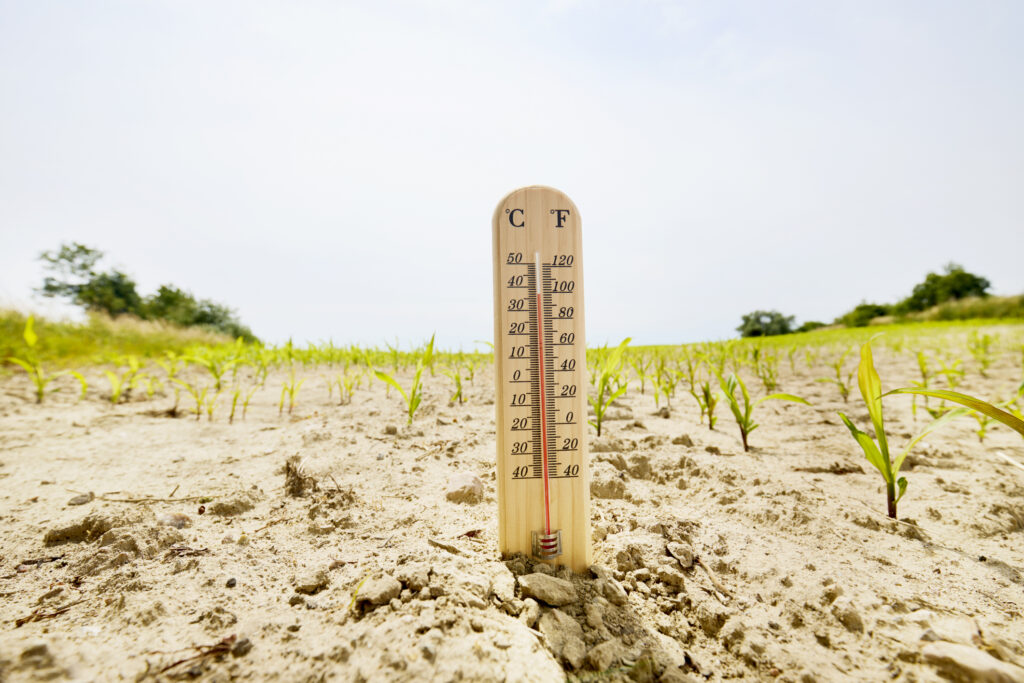Moving more money from private hands to the government, the Obama administration is proposing budget increases for the Department of Interior’s Bureau of Land Management for fiscal year 2016 and has increased grazing fees for 2015.
President Obama on February 2 requested $1.2 billion for the BLM, an increase of $91.4 million above the 2015 appropriation. The budget targets several BLM functions in particular for increased emphasis and funding, including, oil, gas, and renewable energy production; restoring sage-grouse habitat in the West; and increasing funding for the National Conservation Lands at BLM and for the BLM Foundation, a congressionally chartered charitable foundation.
With 245 million acres under its control, BLM manages more land than any other federal agency.
Fees Change Annually
Federal leases are for 10 year terms, but the fee is subject to change on an annual basis. The BLM and the United States Forest Service (USFS) announced an increase by more than 25 percent in grazing fees for 2015. The new fee will be $1.69 per animal unit month (AUM) for public lands administered by either BLM or USFS. The 2014 fee was $1.35. The change applies to nearly 18,000 grazing permits and leases administered by BLM and more than 8,000 permits administered by USFS.
Myron Ebell, director of energy and environment studies at the Competitive Enterprise Institute, said grazing fees on federal lands are based on a formula that reflects market conditions for pasture, causing the fees to rise and fall.
Cattle Growers Concerned
Ebell says conditions such as widespread drought and the cost of beef are responsible for the steep increase in fees. New Mexico Cattle Growers’ Association Executive Director Caren Cowan says federal grazing allotment owners understand the fee structure and were anticipating an increase.
“From the rancher perspective, the sage grouse work is critical, as the species is threatening to shut down grazing as well as oil and gas production in much of the western United States. However, the species is not in New Mexico. We have its cousin, the lesser prairie chicken, that could have big impact here,” she said.
If the prairie chicken is ultimately listed as endangered, critical habitat would have to be designated. This habitat would have to be protected from harm which could require restricting grazing, and oil and gas exploration and production, on vast swaths of land in order to prevent prairie chicken habitat, including its mating grounds and nesting sites, from being damaged.
“To the degree ranchers and our entire nation need an affordable energy supply, energy exploration and production is important. There is also concern about grazing lands being impacted,” Cowan added.
Different Amenities Offered
“There will likely be those who say this increase isn’t enough, but those folks generally do not have a basic understanding of how federal leases work or the beef economy. Those who lease federal lands are responsible for the costs of all facets of their grazing operation except the forage. Private land leases include fencing, water supply, and sometimes day-to-day management and predator control,” Cowan said.
Ebell also emphasizes the differences between private and federal leases, saying, “Those who want to end federal grazing always claim that it’s a giveaway because the fees are lower than for private pasture. This claim is based on intentional misunderstanding.
“When a rancher leases private pasture, everything is provided—water, fences, corrals, roads, and the starting and ending dates of the lease,” Ebell continued. “Federal lands ranchers typically maintain the water sources, build and fix the fences, and are subject to sudden and drastic changes in the dates when they can have their livestock on the federal range and even how many livestock they can put out.”
Ebell added, “Many permittees actually own the water rights and other vested rights in the federal lands. Thus, claiming federal grazing fees should be comparable to the cost of leasing private pasture is like saying renters should pay the same rent for a totally unfurnished house as for a fully furnished house with all the utilities paid by the landlord.”
Alyssa Carducci ([email protected]) writes from Tampa, Florida.




